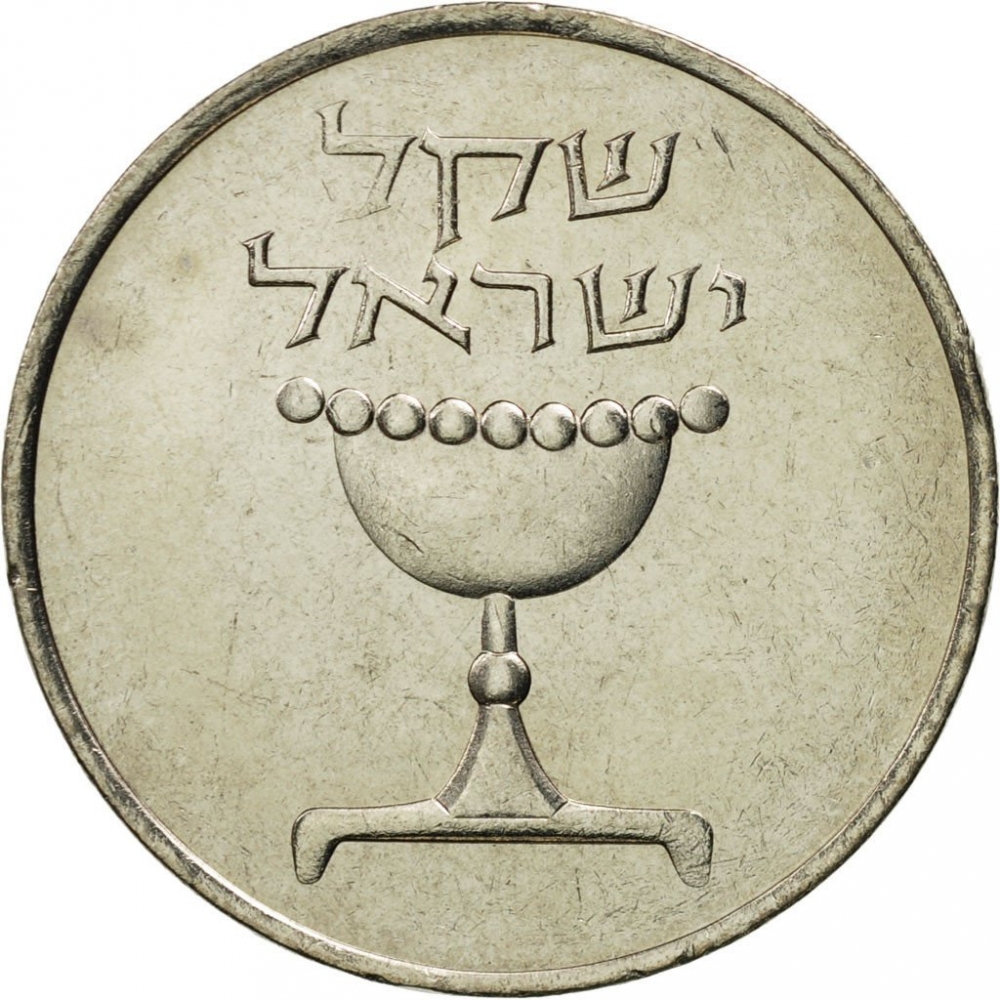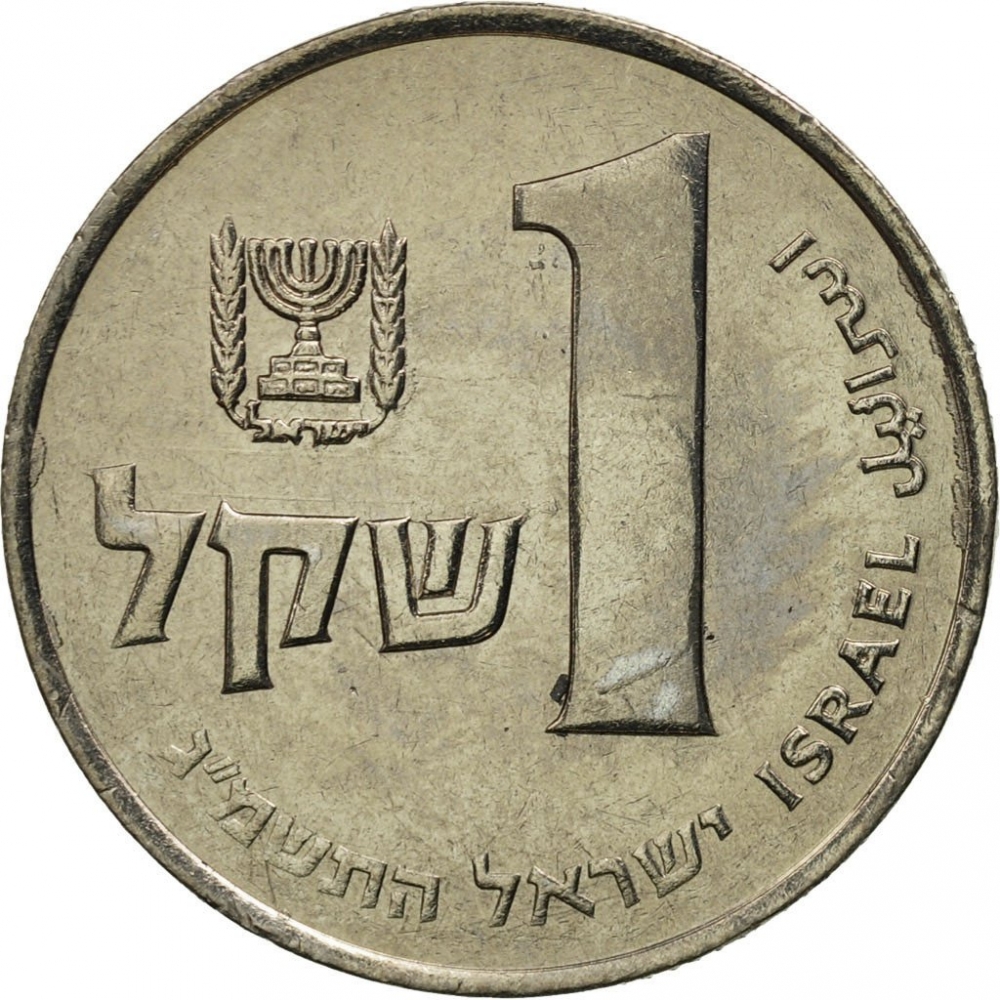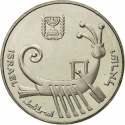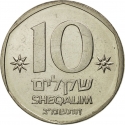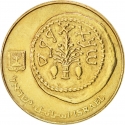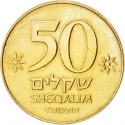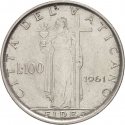You are about to finish your registration. Please check your mailbox (including spam folder). There should be a letter with a confirmation link. Check setting to make sure that your e-mail address is correct.
Send letter againDescription
Date of issue: January 22, 1981
Ceased to be legal tender: September 4, 1985
Obverse

|
Chalice; "Sheqel Israel" in Hebrew. שקל |
|---|---|
Reverse

|
The denomination "1 Sheqel" in Hebrew; the emblem of the State of Israel; "Israel" in Hebrew, English and Arabic; the date in Hebrew. ישראל |
| Edge |
Alternating segments: five smooth, five milled |
Characteristics
| Material | Cupronickel |
| Weight | 5 g |
| Diameter | 23 mm |
| Thickness | 1.8 mm |
| Shape |
|
| Alignment | Medal |
